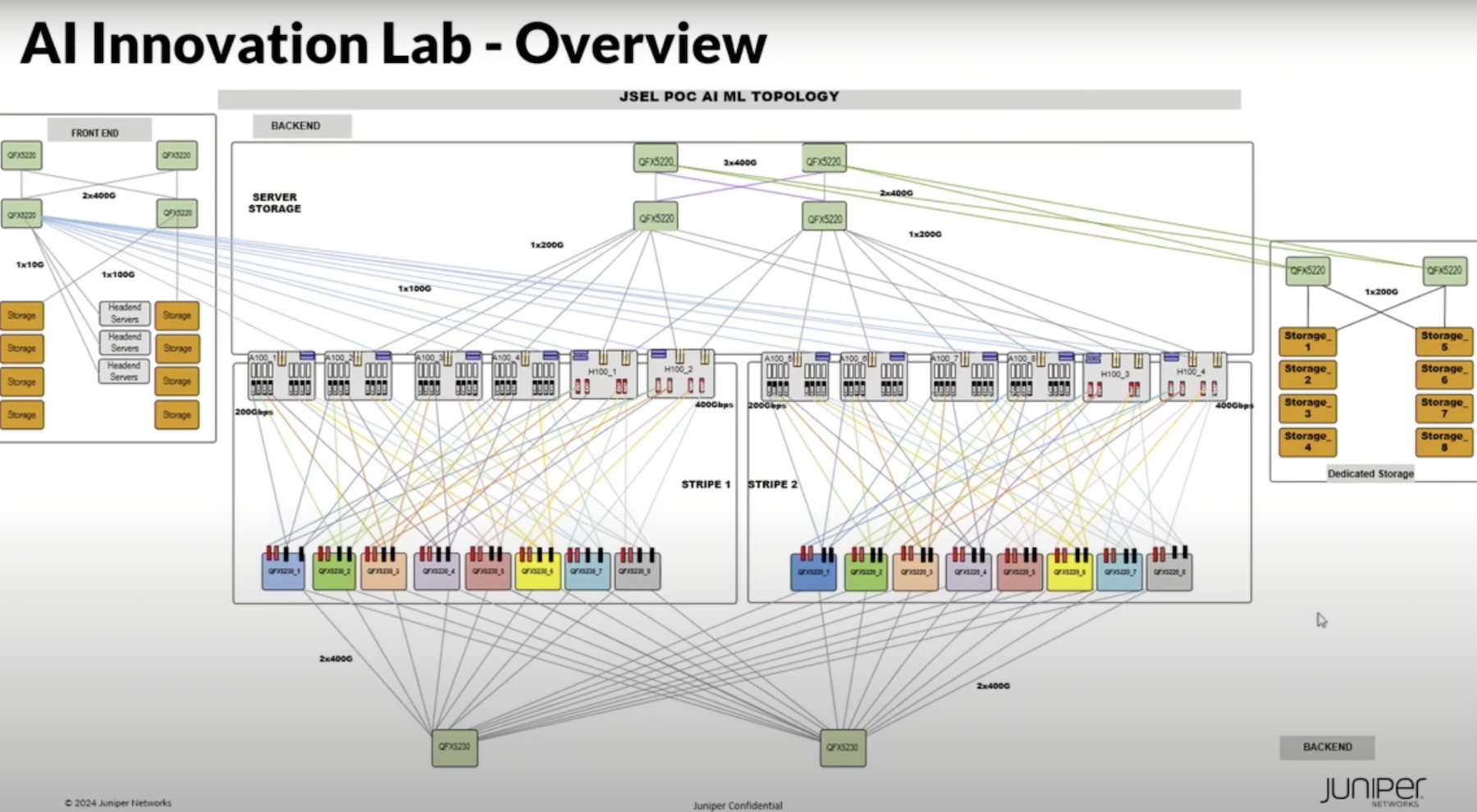This post is based on a Gestalt IT Showcase by Intel Corporation
George Mann once wrote, “But time is a cruel mistress…”
For the entirety of human existence, we have been fascinated with the nature of time. From the creation of the sundial to the theories of Albert Einstein, the thing that has endured across the ages is the human fascination with time. Measuring it, studying it, attempting to leverage our knowledge of it for the betterment of our discipline. Even our modern, technologically advanced world is wholly dependent on time. More specifically, we’re beholden to the accurate tracking and measurement of time. Y2k (remember that?), was but a glimpse of what depends on accurate timing within the world of networking and computing. Technology requires not only the accurate keeping of time but also the distribution of synchronized time. In a networked environment (and especially in a networked world), time synchronization is critical.

It stands to reason, then, that the pervasive nature of the current internet, with more and more services being migrated to packet systems – think VoIP, RTSP, and other latency-sensitive services – has generated a need for very, very accurate time sources. The most familiar of the time synchronization protocols is NTP. Most in the technology industry should be fairly familiar with it. It’s the protocol that the security folks tell you to set up in /etc/ of your Unix system when they ask that the logs be sent to a central loghost. Many, though, have never looked too far past adding pool.ntp.org to their ntp.conf file. On the back end of that protocol lies a complex set of server hierarchy with a very consistent clock source behind it – in modern deployments this is the global positioning system (GPS). Similarly, and a bit deeper down the trail, is precision time protocol; (PTP IEEE-1588). As the name implies, PTP is utilized heavily in networks that require a higher precision clock source. It is utilized in DOCSIS (that cable modem network that is so pervasive in home broadband delivery), mobile networking such as 4G and 5G, among other deployments. These timing systems and requisite synchronization mechanisms allow for the services being delivered over the networks to arrive with minimal jitter and in tight harmony with other complementary or peripheral systems and services.
And this is not the only application – accurate timing is critical in manufacturing, utility delivery (think electrical grid), and financial systems where nanoseconds equate to large sums of money. Geographically diverse networks that require running error-free have long used tools such as OWAMP and TWAMP to track latency and aid in identifying grey failures. While tracking highly accurate latency and jitter is an excellent way of identifying impending or subtle problems, it requires an extremely accurate clock source. In many cases, this is handled by a local CDMA or GPS clock.
Even with the accuracy of systems such as NTP, the distribution of accurate, synchronized time is a difficult task. In many cases, the time distribution is shelved in favor of a local, high precision time source at each location. This deployment model, while very effective, is operationally and financially very expensive. In remote locations where power, cooling, rack space, and smart hands are at a premium, minimizing the number of active devices in a location becomes a necessity.
The integration of a highly accurate, independent clock into a component nearly every system now requires – an ethernet adapter – could potentially solve the overhead of adding additional hardware into locations where there are already resource constraints. A 1588 PTP enabled 2 x 10G / 25G adapter that addresses this current gap in the industry and allows for a time source into a highly flexible ethernet adapter. Take, for example, a cellular PoP. Cellular deployments may exist in remote areas, have severe space, power, and cooling limitations, or be beholden to existing bi-lateral agreements that limit their options in equipment deployment. By integrating a 1588 time source into a local system, it allows for the combination of a highly accurate time source, a monitoring system, and a local time distribution point, as the Intel cards can also be utilized to instantiate a 1588 grandmaster source.
In a world where networking plays an increasing role in almost every aspect of life, simplification, increased precision, and streamlining of operations is a near requirement. The integration of time sources into more systems will only increase.




